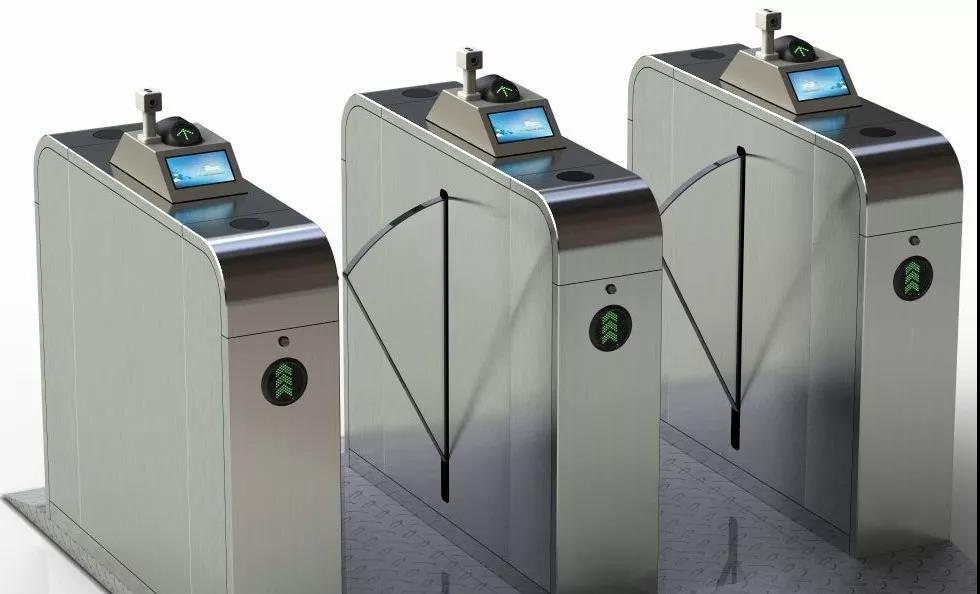The world today is undergoing a new technological revolution. The main foundation of this revolution is information technology. Among the three pillars of information technology, sensors serve as nerve antennae, communication technology serves as the nerve center, and computer technology serves as the brain to form a complete nervous system. This system is constantly being improved to better serve human beings. As the interface between the physical world and the digital world, sensor technology is a high technology currently competing in major countries. With the development of science and technology, the application of various types of sensors in life is more and more recognized by people.
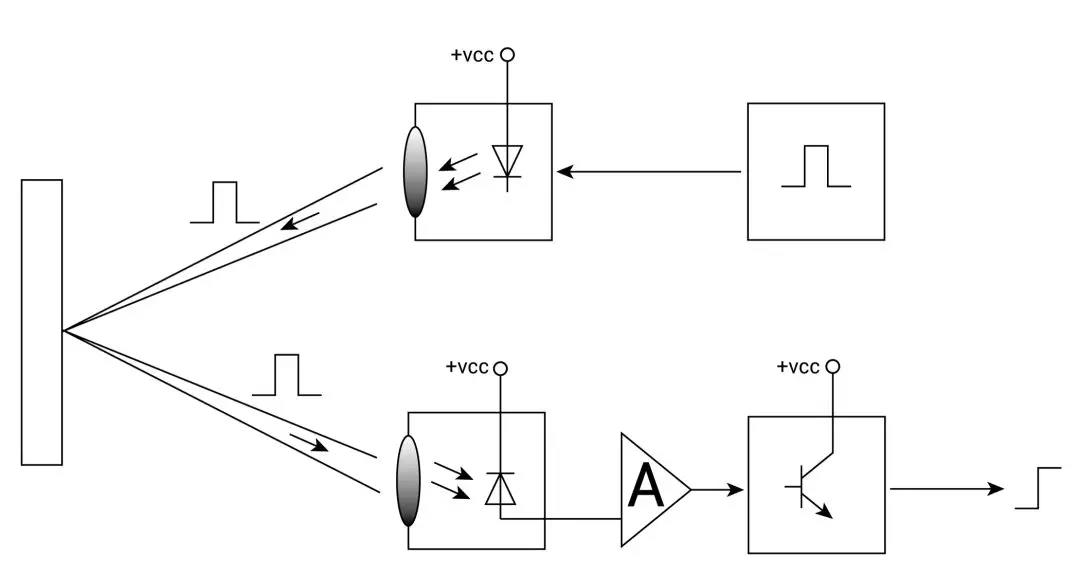
The proximity sensor is a device with the ability to sense the proximity of an object. It uses the strength of the return signal generated by the displacement of the object to identify the proximity of the object, and outputs a corresponding switching signal.
The laser sensor family A7 series proximity sensors, at the same price in the market, completely solve the defects of traditional infrared, ultrasonic and radio frequency proximity sensors with low sensitivity, slow response speed, low reliability, and large power consumption; and provide users with 0.3 meters, 0.8 Sensors with different sensing ranges of meters and 2 meters. The use of high-quality optical design makes the proximity sensor small in size, high in measurement frequency, high in reliability and fast in heat dissipation.

High sensitivity, resolution can reach millimeter level;
High measurement frequency, up to 100HZ;
High reliability, designed with 940nm infrared VCSEL laser chip, no harm to human eyes;
Small size and easy to integrate
Proximity sensors are mainly used to detect the proximity of targets, and are widely used in smart homes, industrial control, consumer electronics, security and theft prevention:
In smart homes, such as automatic doors in hotels, restaurants, garages, automatic sensor faucets in shopping malls, homes, smart toilets, smart lamps, and home appliance control;
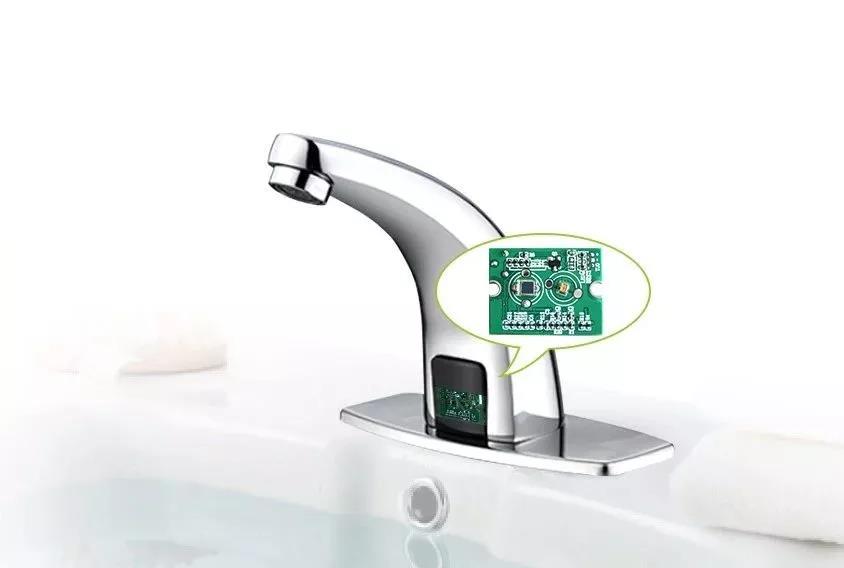
In industrial control, a large number of proximity sensors are used in fields such as light curtains, elevator parking, detecting the presence or absence of objects, and anti-collision of robots;
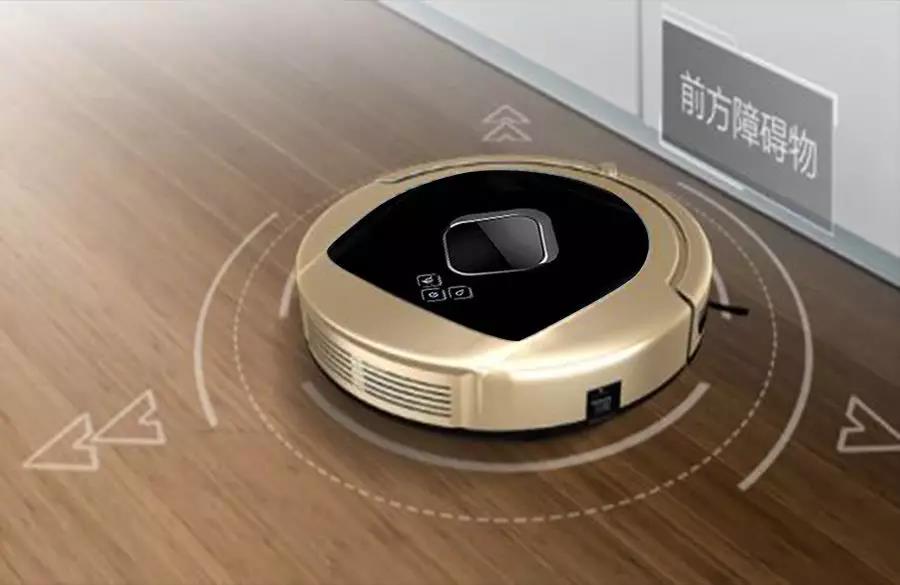
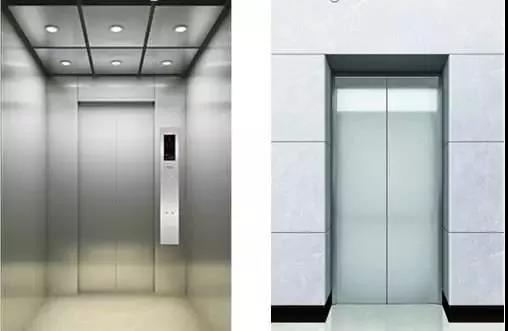
In the field of consumer electronics, bank ATMs and new retail vending machines automatically sense the approach of objects;
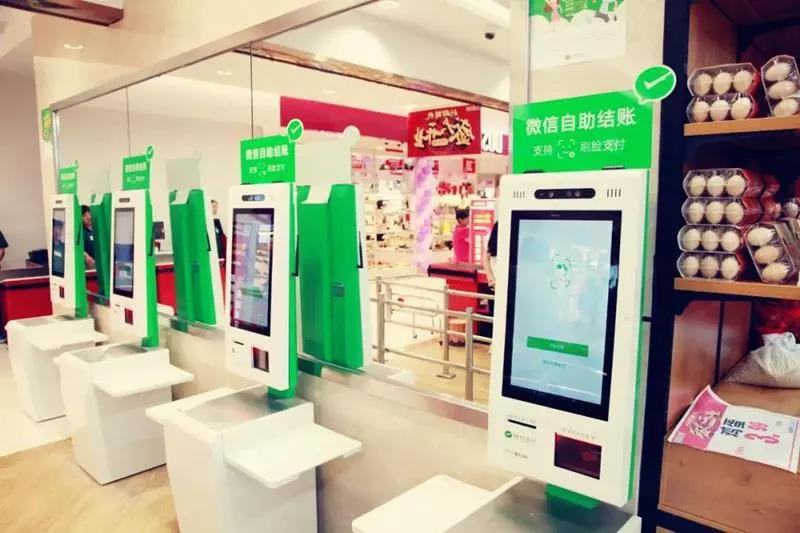
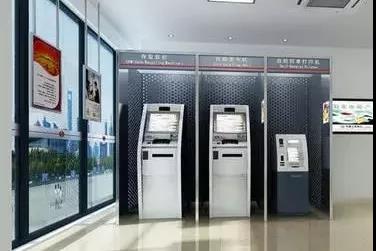
In terms of security monitoring, such as data archives, museums, vaults and other important places, airports, high-speed rail, subway gate gates, etc., are usually equipped with devices composed of various proximity sensors.
